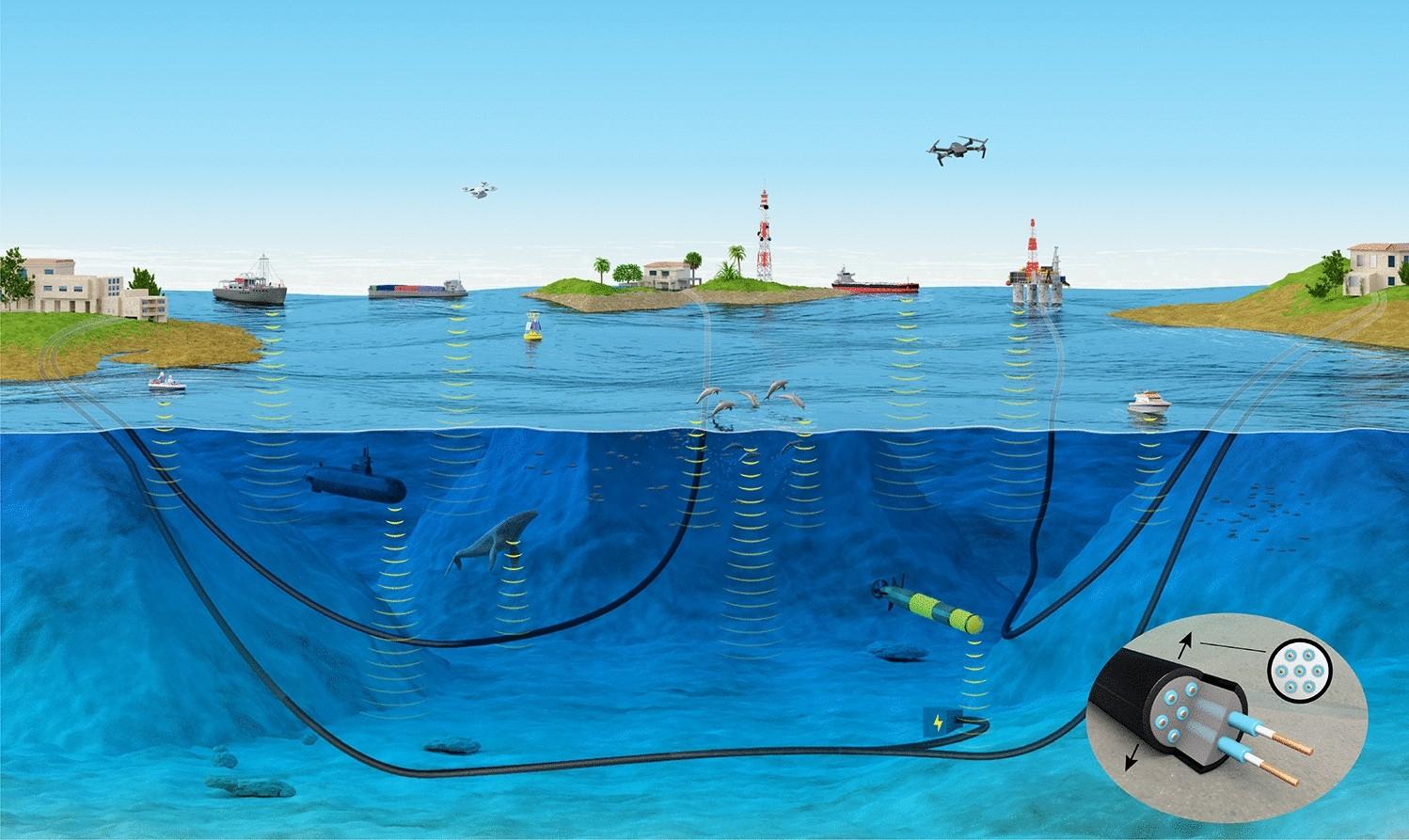Deconstructing the Submarine Optical Fiber Cable Market Segmentation

To fully comprehend the industry's intricate structure and offerings, a clear deconstruction of the Submarine Optical Fiber Cable Market Segmentation is essential, as it categorizes the market based on several key criteria, including the system component, the type of cable, and the end-user. The most fundamental segmentation is by system component, which breaks down the total market value into its core constituent parts. This includes the Submarine Fiber Optic Cable itself, which is the physical, armored medium for data transmission; the Submarine Line Terminal Equipment (SLTE), which comprises the sophisticated optical transmission and receiving equipment located at the land-based cable landing stations; and the Submarine Repeaters, which are the powered amplifiers placed along the cable on the seabed to boost the optical signal over long distances. A fourth and very significant component is the Installation and Maintenance Services, which includes the marine surveys, cable-laying operations, and ongoing repair services. This segmentation provides a clear view of the different sub-markets and the value chain within a complete submarine cable system.
Another vital method of segmenting the market is by the type of cable system, which primarily distinguishes between Repeatered and Unrepeatered systems. Repeatered systems are the workhorses of the industry, designed for long-haul, transoceanic routes that can span thousands of kilometers. They require the use of powered optical amplifiers (repeaters) to be placed on the seabed every 50 to 80 kilometers to regenerate the signal. These are the most complex and expensive types of systems. Unrepeatered systems, in contrast, are used for shorter distances, typically up to 400-500 kilometers, and do not require any active, powered components on the seabed. The signal is powerful enough to travel the entire distance from one landing station to the other. These systems are simpler, cheaper, and faster to deploy, making them ideal for connecting islands to a mainland, linking offshore platforms, or creating short-haul, diverse routes between coastal cities. This segmentation highlights the different technological approaches used to address different distance and capacity requirements.
Finally, the market is critically segmented by the end-user or the primary investor in the cable system. This provides insight into the key sources of demand and the changing business models of the industry. This segmentation typically distinguishes between two main groups: Consortiums and Private Enterprises. The Consortium model is the traditional approach, where a group of telecommunications carriers (telcos) jointly invest in and share the capacity of a new cable to serve their respective customers. The Private Enterprise segment is the newer and now dominant model, where a single company or a small group of companies, almost exclusively the hyperscale cloud and content providers (like Google, Meta, Amazon, and Microsoft), fully fund a cable for their own private use to interconnect their global data centers. This segmentation is crucial as it illustrates the profound structural shift in the market's customer base, from a shared, multi-tenant infrastructure model to a private, dedicated infrastructure model driven by the immense capacity needs of a few large technology companies.
- Art
- Causes
- Crafts
- Dance
- Drinks
- Film
- Fitness
- Food
- Games
- Gardening
- Health
- Home
- Literature
- Music
- Networking
- Other
- Party
- Religion
- Shopping
- Sports
- Theater
- Wellness
